


Sign-up for {N}power to get exclusive discounts, newsletters, members-only features, and more!
At Natural Grocers, we've long championed regenerative practices through our product standards, recognizing their pivotal role in fostering healthier ecosystems and communities. Explore the significance of regenerative agriculture, and become a regenerative pioneer to cultivate positive change with every bite you take.
Our product standards for dairy, eggs, meat, and produce support soil health, biodiversity, cleaner water, humane treatment of animals, and farmer welfare.
(to our knowledge, the only one of its kind) means animals must graze the entire grazing season and be raised in environments that meet their needs, encourage their natural behaviors, and care for them humanely.
means hens are never caged and must spend time outside on living range land and enjoy indoor environments with the space and enrichments to encourage their natural chicken behaviors.
protects habitats, waterways, and soil health by saying NO to synthetic pesticides, fertilizers, and genetically modified organisms (GMOs),We’re Certified Organic handlers to ensure its integrity from the field to your table.
Bronze, is usually equivalent to the highest standard at other grocery stores and farmer’s markets. It requires humanely raised and sustainably sourced meat products, without antibiotics, growth promotants, or animal by-products.
Read on to learn more about the importance and benefits of regenerative agriculture.
Read Our Earth Watch Articles to Learn More About Regenerative Agriculture
Be a regenerative pioneer with your food choices!
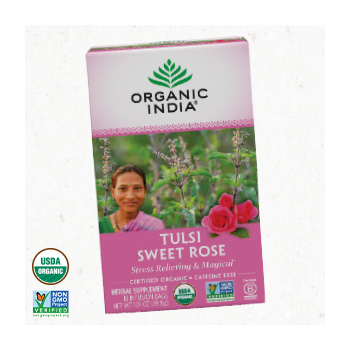
Tea needs no introduction—the whole world loves it, to the tune of 5 billion cups a day! Unfortunately, much of it is grown in large-scale monocultures, which are heavily reliant on pesticides and fertilizers and destructive to biodiversity. Meanwhile, the biggest players control the tea trade’s profits to the disadvantage of small farmers and workers. Is this a plea to stop drinking tea? Quite the opposite. It’s an invitation to choose a brew that cultivates biodiversity, refuses harmful chemicals, and treats farmers and workers fairly! Organic India Tulsi Teas are produced through partnerships with farmers using regenerative practices, and are Certified Organic, “directly and fairly traded,” and contained in plastic-free tea bags. Sip on the brew that cares about its environmental and human impact, too!
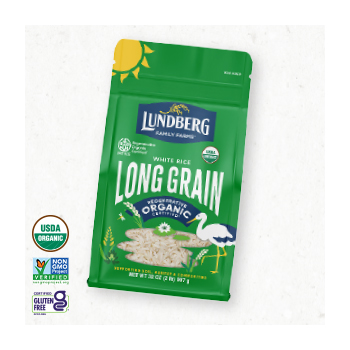
Rice is one of the world’s top five food crops. And that means, just by sheer volume—it has a substantial environmental footprint! Choose rice grown to “Leave the land better than you found it,” which has been Lundberg Family Farms guiding principle since 1937. Lundberg grows Regenerative Organic Certified® Rice in fields replicating California’s natural wetlands, providing habitat for over 200 species. Their soil health practices generate an estimated 100,000 pounds of organic matter per acre, which is critical for soil integrity and carbon sequestration. And their water management techniques enable them to grow rice without herbicides while supporting endangered salmon populations. With Lundberg, rice is always nice!
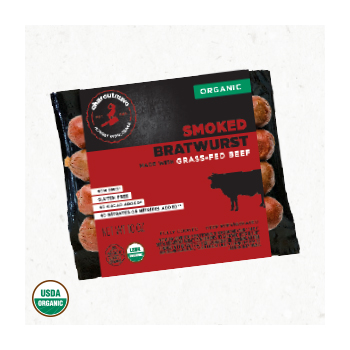
Iowa, the top pork-producing state, has 99 counties, with at least one concentrated animal feeding operation (CAFO) in each of them. And the state’s hogs generate as much waste as 120+ million people every day! Meanwhile, over a third of all U.S. beef cattle are finished in barren feedlots with minimum capacities of 50,000 head. Large quantities of animals raised in crowded confinement create colossal animal welfare, environmental, and community health issues. Challenge animal agriculture’s destructive norms with the deliciousness of Charcutnuvo’s Regenerative Organic Certified® Beef Sausage collection! It’s crafted in-house, with 100% grass-fed and finished beef raised on regenerative farms, and without added sugars. And it’s not just your ethics that will bring you back for more—your taste buds will, too!
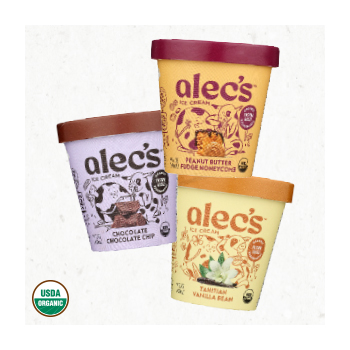
There are over 270 million dairy cows in the world. Many are housed in overcrowded, industrialized operations, which creates unhappy conditions for the animals and significantly contributes to greenhouse gas emissions and air and water pollution, especially from manure mismanagement. Use your sweet tooth to disrupt the harmful status quo of modern livestock production with Alec’s—the “first-ever regenerative organic A2 dairy ice cream!” The base of this creamy, dreamy goodness is made with 98% verified or Certified Regenerative ingredients, including dairy from Certified Humane, pasture-based cows, and it’s Certified Organic and gluten free. Grab a scoop of Alec’s—it’s a delicious way to promote dairy that helps, not harms.
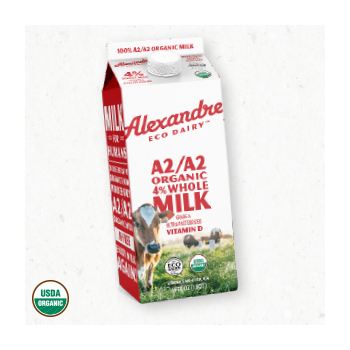
California’s mega-dairies stink! The number one dairy-producing state in the country housed 1.7 million cows in large-scale dairies in 2022, which generate over 68 billion pounds of manure annually. The excess waste is often spread, untreated, on farm and, and too much can create soil and water-polluting runoff. But this isn’t to say ditch dairy—use it to make a positive impact instead! “America’s First Certified Regenerative Dairy,” Alexandre Family Farms, doesn’t have a surplus manure problem because its cows aren’t confined to crowded barns. They graze on pasture, fertilizing the soil and improving carbon sequestration while they’re at it. Alexandre’s land also provides a habitat for bald eagles, Roosevelt elk, and hundreds of other wildlife species. Ditch dairy that stinks for the kind that supports animal welfare, biodiversity, cleaner water, and climate solutions!
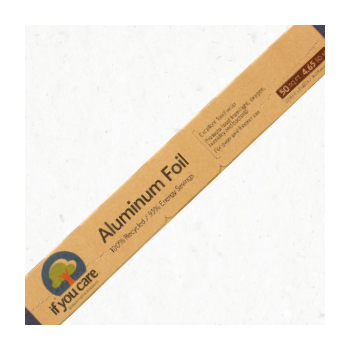
Is your kitchen baking drawer hiding unsustainable secrets? Aluminum foil and parchment paper are indispensable for most of us, but what are their downstream consequences? Making foil from virgin aluminum incurs high energy costs and negative environmental impacts in the tropical and sub-tropical regions where bauxite (its main component) is mined. Meanwhile, paper products, like parchment paper, are often bleached with chlorine dioxide. After bleaching, chlorine can be deposited in nearby waterways, transforming into highly toxic chemicals called dioxins, hazardous to human health and wildlife. If You Care® proves we can do better. This brand’s 100% Recycled Aluminum Foil is produced with just 5% of the energy required for non-recycled foil. Its Parchment Baking Paper is unbleached, Forest Stewardship Council® Certified, and compostable. Do you care about what’s in your kitchen drawer?



Sign-up for {N}power to get exclusive discounts, newsletters, members-only features, and more!